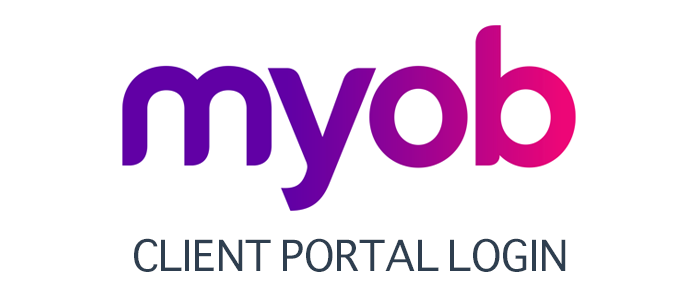How the best firms are supporting the mental health of their employees
With the recent pandemic, there have been more conversations and questions over the role of the employer in supporting the wellbeing of their employees.

With flexible working arrangements and Zoom meetings now the norm, there is also a greater expectation that businesses will provide mental health solutions for their staff.
Let’s look at how the best firms are supporting the wellbeing of their teams.
Providing employee assistance programs or wellbeing solutions
Many accounting firms are taking advantage of available technology and digital content by providing their employees with online wellbeing solutions. These solutions generally include programs and resources to support both mind and body.
The benefit of digital platforms is that they are available 24/7, and it is a cost-effective and efficient way to reach 100 per cent of employees.
Programs are simple to use and the employee can choose (confidentially) to partake in topics and classes that will most benefit them.
Some firms are also choosing to extend their employee benefits to include psychology services or mental health training.
Providing mental health training
The first step in addressing mental health in the workplace is to simply start a conversation.
Sounds simple right? But for many, it feels uncomfortable or a topic too tricky to bring up.
One of the best ways to start a conversation and reduce the stigma around mental health is to provide training.
An introduction to mental health training session can provide useful tools to identify mental health issues, as well as give everyone an understanding and improved acceptance of these issues. Further training can also be arranged for more senior staff or managers on how to communicate about mental health and be proactive in the workplace.
Choosing a wellbeing champion
A wellbeing champion works with management to identify their wellbeing goals and creates an annual plan that will suit the business. They consider the business goals and budget, while seeking ideas from their co-workers so that everyone feels included.
Their tasks can include:
- Planning of activities across different areas of wellbeing – mind, body, social connection, social giving, personal development
- Estimating the annual cost of these activities and having it approved by management
- Consider the return on investment – measuring reduced absenteeism, productivity, job satisfaction and retention of staff
- Executing and engaging the team in the planned events to ensure everyone feels welcome and encouraged to participate
A healthy work environment benefits both the employer and employee. It is essential for optimal productivity and fostering positive relationships with co-workers. It can boost motivation, result in better individual performance, as well as improved team performance.
It can also help businesses to be viewed as an employer of choice, attracting, and retaining the best staff.
These options are available for all firms, not just the big ones. Smaller firms that are proactive in promoting a healthy workplace and engaging with their staff are some of the greatest advocates and have seen the greatest returns.
Hayley Meiklejohn is a director at Team Wellbeing Online and chartered accountant. She works with business owners to improve employee wellbeing, engagement, and team performance. She believes that every business can support the wellbeing of its employees, regardless of size.
Hayley Meiklejohn
11 November 2021
accountantsdaily.com.au




